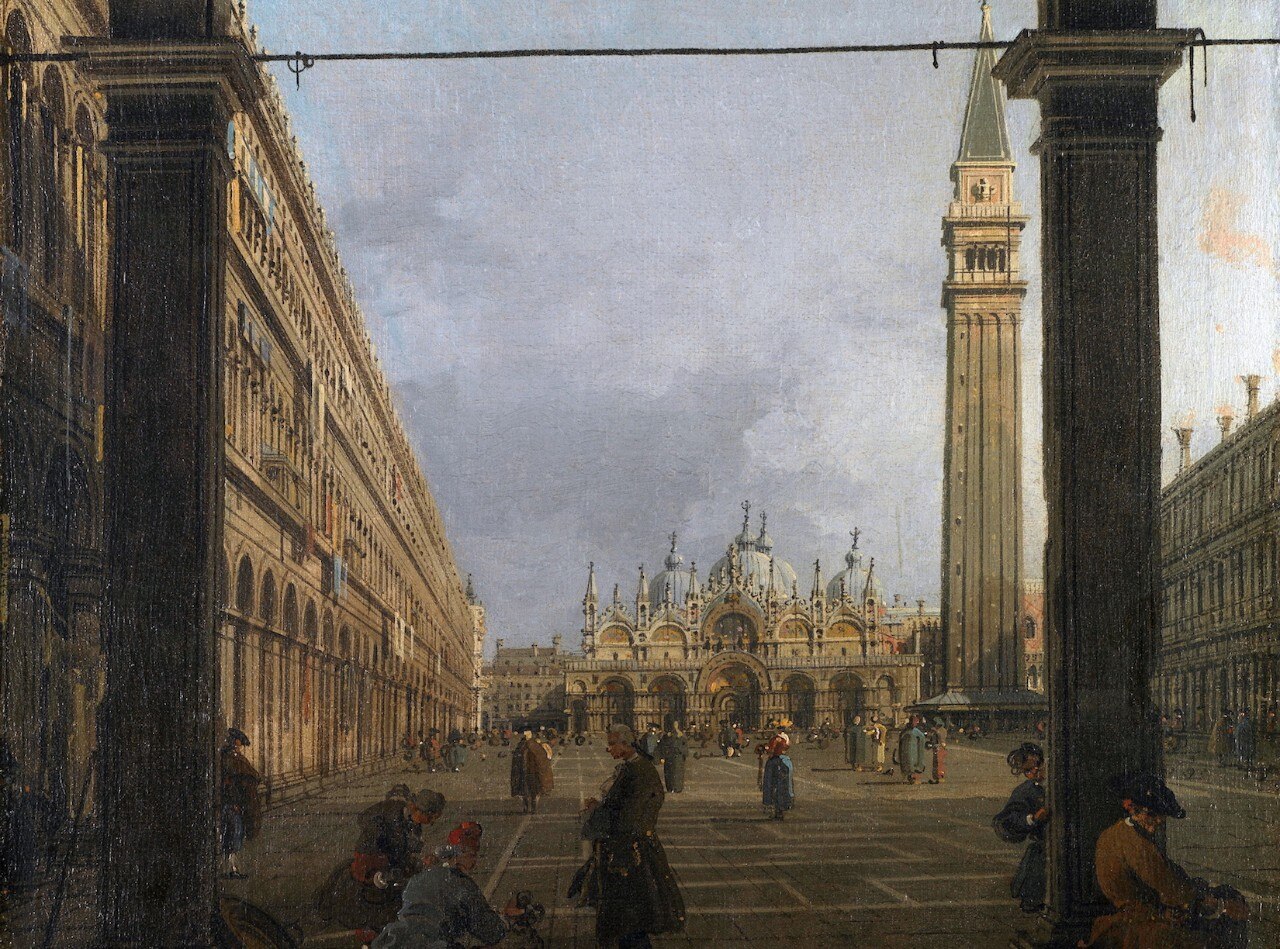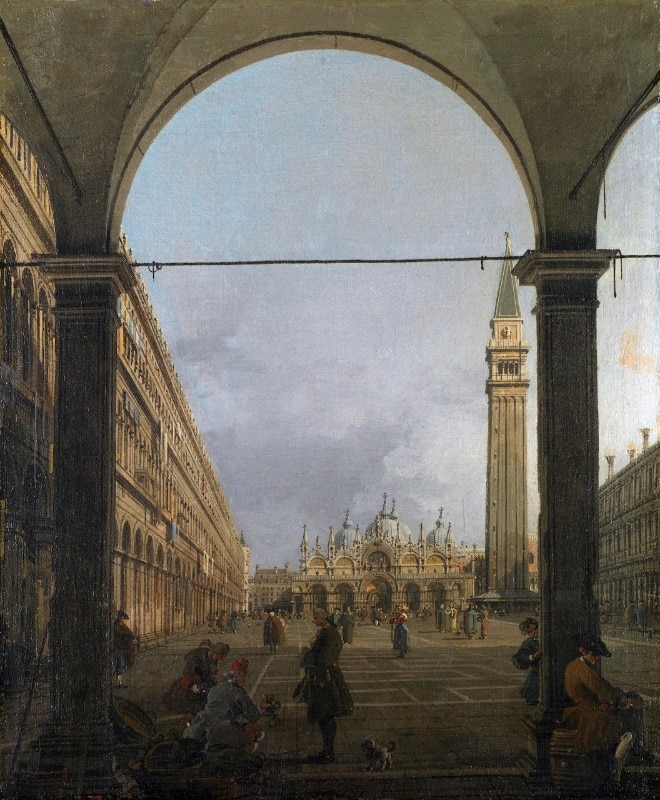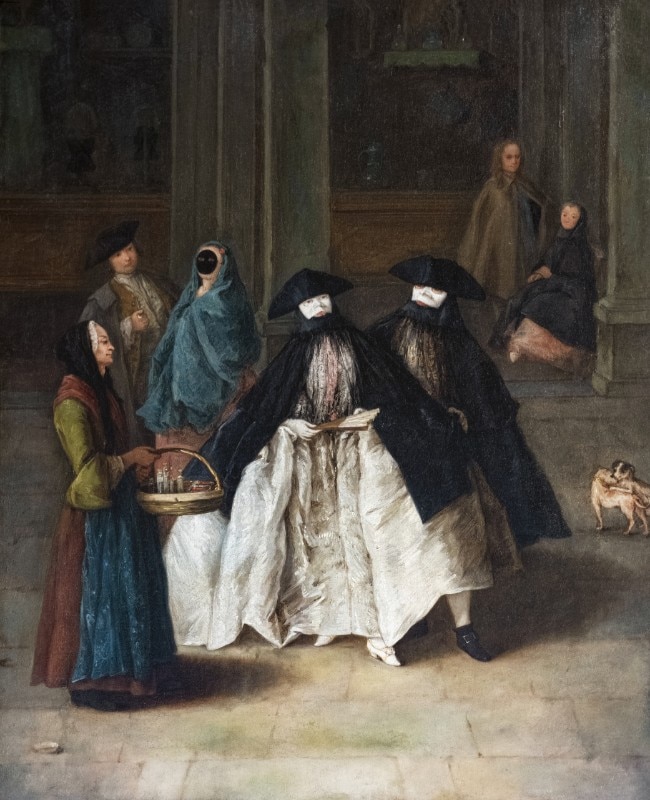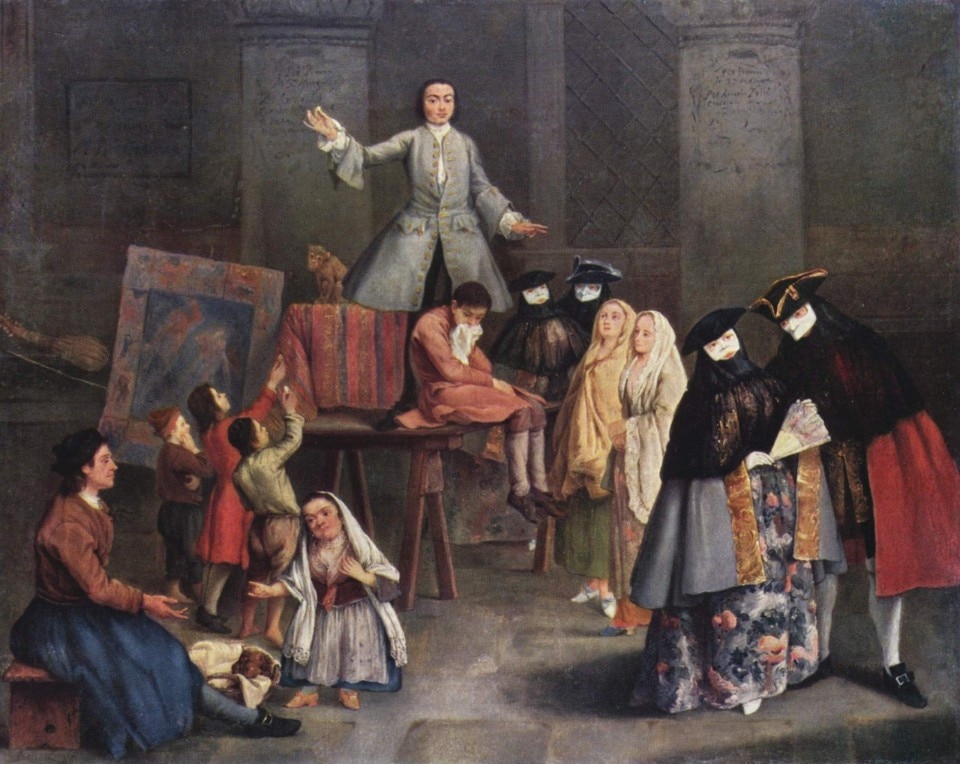“Venice! Is there a city more admired, more celebrated, more sung by poets, more desired by lovers, more visited and more illustrious? Venice! Is there a name in human languages that made you dream more than this?” Venice was a much sought-after destination, and not only for a Frenchman like Guy de Maupassant. Wandering around the city’s calli and campi observing how the domes, bell towers, bridges and various architectures succeed one another in an almost ungrammatical way is one of the greatest pleasures a man can enjoy.
Artists, poets and writers have described it, painted it and many times transformed it, through their imagination, to set it in a fictional or whimsical way – so who does not know or wish to visit Venice? The Carnival season is just around the corner, and before now only Napoleon’s invasion in 1797 managed to interrupt the well-known disguises, dances and shows that every year bring colour to this city for two long weeks. But in 2021, Venice is being invaded again, this time by the coronavirus.
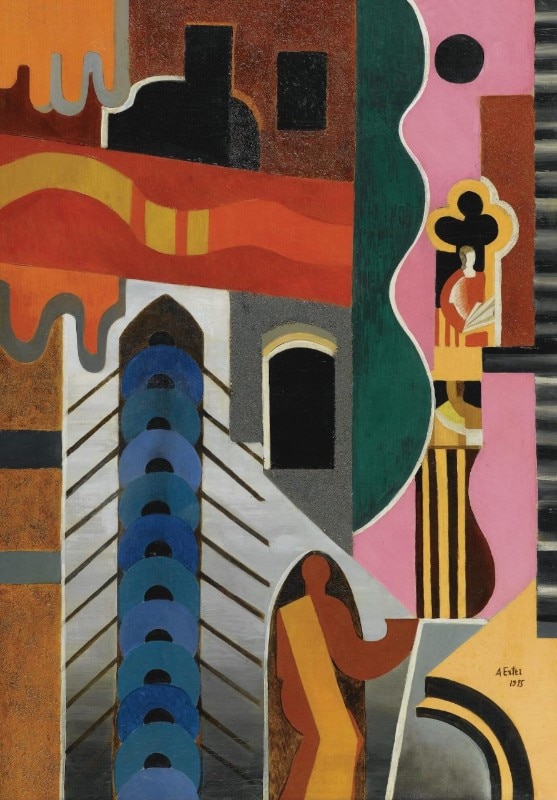
In 1701, an illustrious painter called Pietro Longhi was born in Venice. He “painted for the picture-loving Venetians their own lives in all their ordinary domestic and fashionable phases” (Bernard Berenson). In his painting La venditrice di essenze (woman selling essences), Longhi describes a private Venice, representing it in its interiors and its masks, in its most hidden and objective life, without moral prejudices, in a reserved pictorial space in which through the masks, the clothes, the hairstyles and the furnishings, he depicts not a banal anecdote, but rather a meaningful situation that perfectly represents the life of this city. For the artist, masks are the distinctive feature of Venice, and he inserts them in many of his works as figures that, although never central, are of great importance. The subject is always different, as in the painting Il Cavadenti (the tooth puller) – here, we find funny and humble figures in bourgeois situations, representing the everyday life of a city in constant movement, and the painter is nothing more than its chronicler.
But if we think of Venice, its views, bridges, and palaces, one name immediately springs to mind: Giovanni Antonio Canal, commonly known as Canaletto.
The artist, who lived in the same period as Longhi and specialised in landscape views, describes this city with extreme accuracy, thanks also to the help of the camera obscura – an innovative tool that allows the artist to create extremely refined games of perception and perspective geometries in his canvases. St. Mark’s Square, the Rialto Bridge, the Doge’s Palace and the entrance to the Grand Canal are just some of the places painted by Canaletto. He depicts them from different perspectives and views, from the east, from the west, from a bridge or from the arcades of the squares, without ever forgetting the great architecture with its Byzantine charm.
The Venetian canals and the Doge’s Palace were the main elements represented in his works, as well as the mundane events and daily life in the city, allowing the viewer to fully immerse in the scene. The perfect use of colours, which almost seem to blend with the colours created by the reflections in the water, create an atmospheric effect in Canaletto’s works that almost anticipates the Impressionist style.
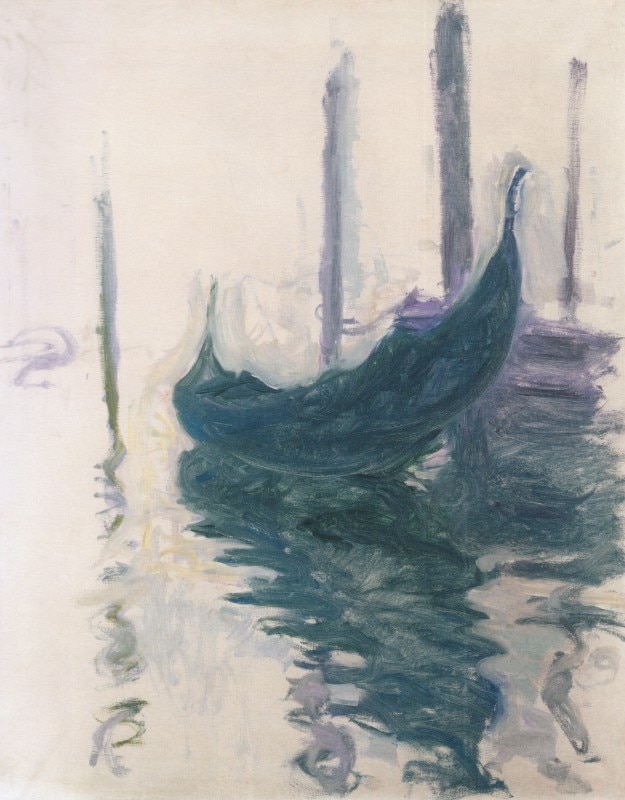
And what about the gondolas? How could we not mention this typical element, which we could almost define as architectural and is always present in the artworks that depict Venice? Claude Monet tells us about them through the supremacy of the colours created by the water that carry and support the gondolas, articulating their design through his emotions and impressions. In the 1908 painting Gondola a Venezia (gondola in Venice), water is the real subject. A mirror that gives depth and anatomy, thrust and direction, while the verticality is given by the briccole that mark the paths that the boats must follow. Here, a soft, almost formless gondola is described by the French artist, who does not fail, in other paintings, to also represent the city’s architecture – always adding this element and making it the true subject.
Even the more contemporary twentieth century did not forget to represent Venice. For example, Russian artist Aleksandra Ekster describes this city in a mixture of recognisable shapes and colours in a geometric play reminiscent of cubist art with a futuristic twist. In the painting, we see the typical long, narrow windows of the Venetian palaces, and the rich, undulating shapes of the domes and facades found in most buildings. But it’s one element that catches our eye – the typical comb or iron prow of the gondola, decorated with cold colours, such as a deep blue or a lighter blue, alternating in a semi-circular way, as if to represent the waves of the lagoon, is the real subject of the painting.
The essence of Venetian art is colour, and as Hermann Hesse once wrote, “In no other city like Venice have I found such a unity between contemporary life and the life which speaks to us of the works of art of its golden age, and in which sun and sea are more essential than all of history".


